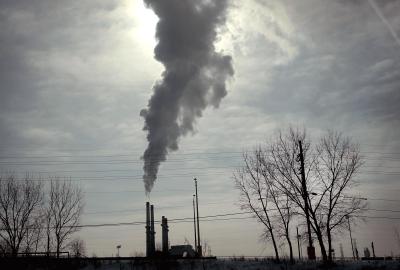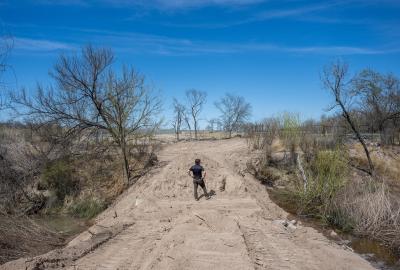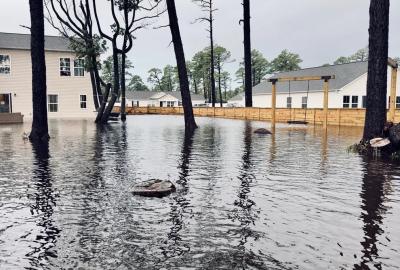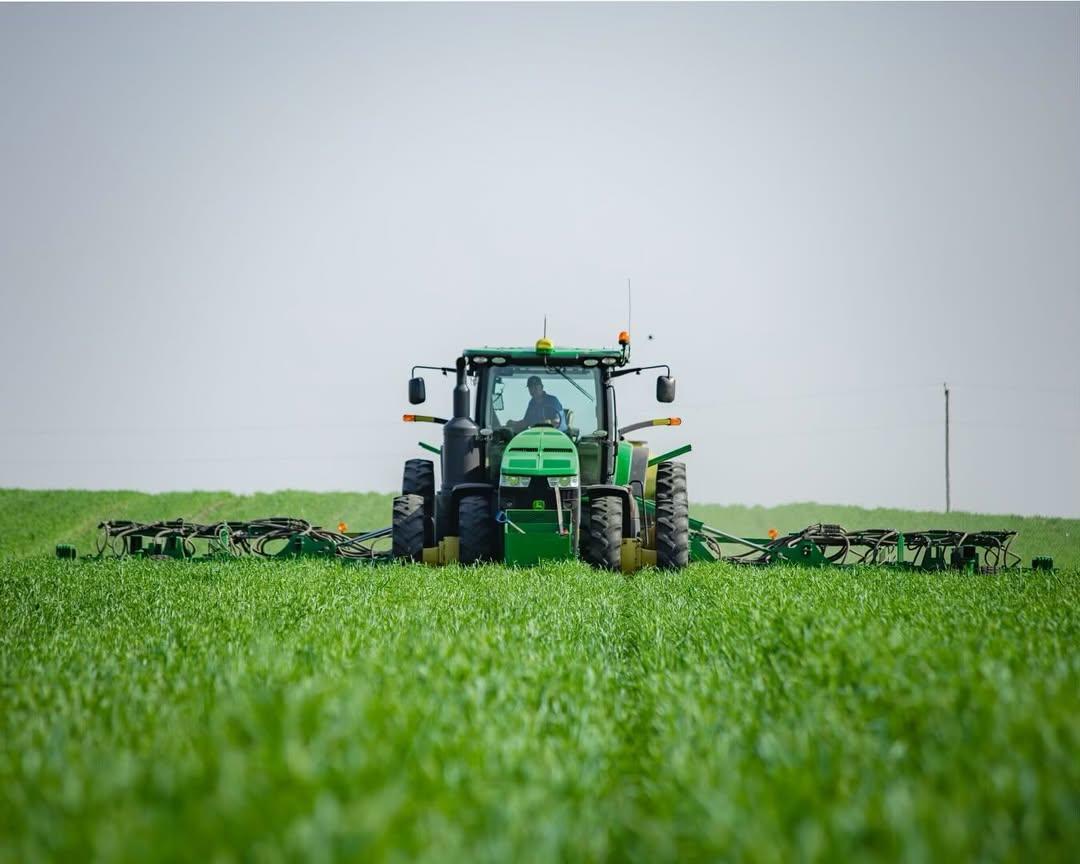
How to heal America’s farmland
Healthy soil is essential to keep America’s farmland strong and productive.
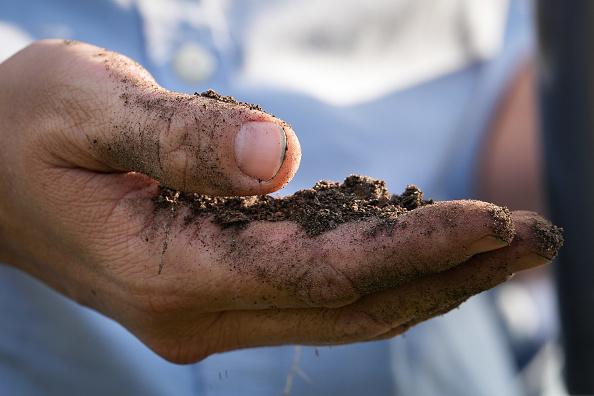
When soil is healthy, it’s not only more fertile, it’s also a living mix of microbes, fungi, insects, plants and more that work together to naturally filter out pollution. But when soil is depleted, it becomes harder to keep farmland resilient.
“Healthy soil is key to a healthy diet for families and a sustainable future for our nation’s farmers,” says Amanda Leland, executive director of Environmental Defense Fund.
Farmers know this well, which is why they have reported soil-related concerns to the U.S. Department of Agriculture for almost half of America’s soybean, wheat, cotton and oat fields.
But here’s the good news: Soil can heal. Minnesota farmers Pat and Kristin Duncanson have seen it happen.
The power of regenerative agriculture
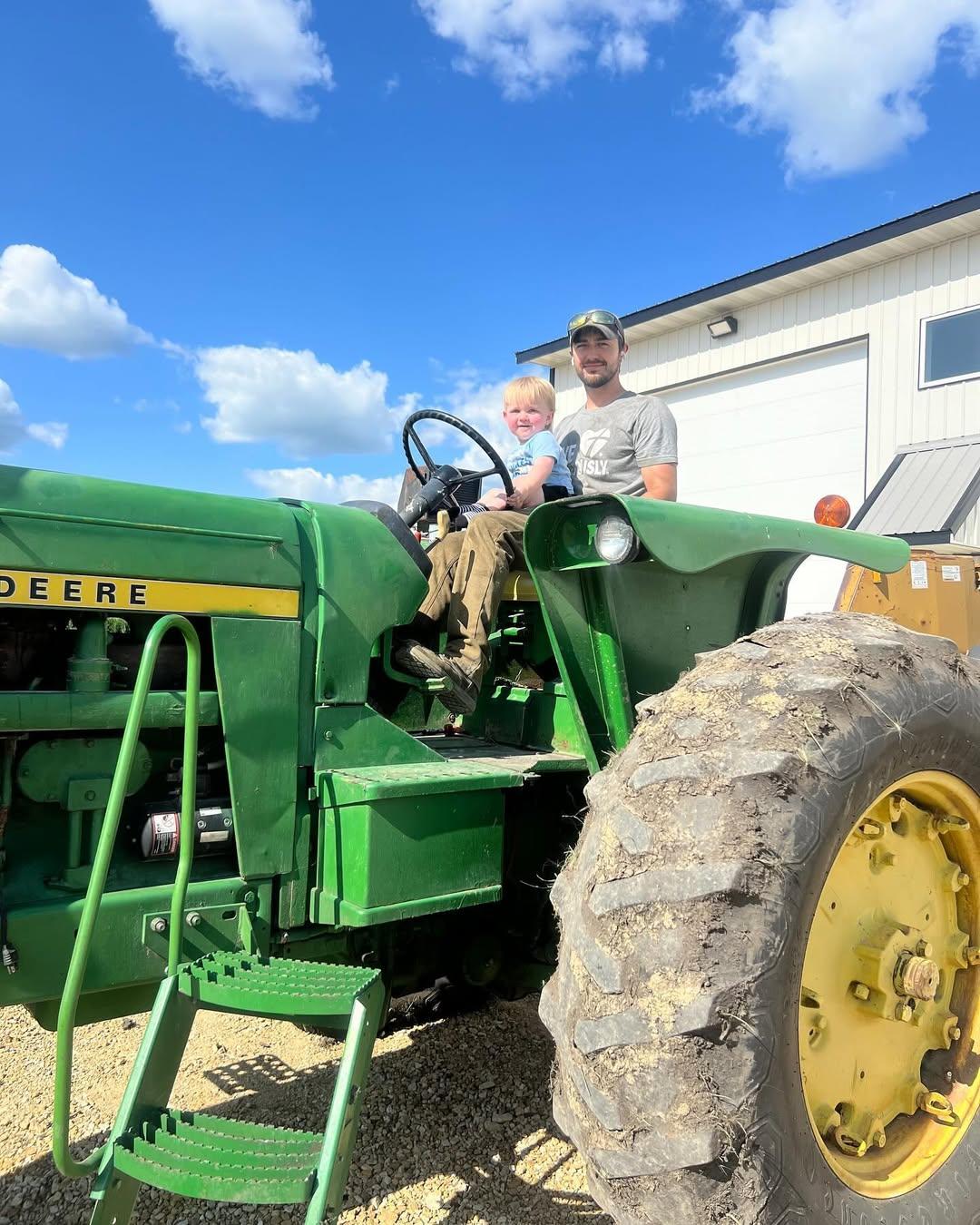
The Duncansons are the fifth generation to run Highland Family Farms in Mapleton, Minnesota, where they primarily grow corn and soybeans and raise hogs for meat. But Pat and Kristin have shifted much of their farm from conventional to regenerative practices to replenish and protect their soil.
To monitor soil health, the family uses precision agriculture. For example, they soil test every three square feet. That data is then used to create a map that shows exactly where their fields need more nutrients.
Now, the Duncansons only apply manure from their hogs where it’s needed, both saving money on fertilizer and reducing runoff from their farm. “We’re using fewer herbicides and pesticides while maintaining productivity,” Kristin says. “That benefits everyone, especially since we live in a Mississippi River watershed and what we do here affects water quality far downstream.”
Using nature as an ally
Since 2010, the Duncansons have also been experimenting with planting cover crops between growing seasons to help prevent erosion and maintain nutrients in their fields. They have planted fast-growing seeds like rye in the fall, which protect the soil from wind and water during Minnesota’s cold winters while building organic matter to make the soil more fertile.
And because soil is full of living organisms, the family tills less often to avoid disturbing them. Plus, tillage requires fuel for the tractor and releases the carbon that plants have stored in the soil.
The payoff for Pat and Kristin is a more productive farm to pass down to their kids. But making the switch to regenerative agriculture isn't without risk. In fact, the transition used to keep Kristin up at night.
“We only get about 50 tries at this in our lifetime. Every season is a chance to learn something new, but also a chance to goof up,” she says. “That’s why federal programs that help defray costs or provide training make all the difference. Without them, it’s harder for farmers to try something new.”
Environmental news that matters, straight to your inbox
Healthy farms = healthy people
Kristin is now paying close attention to the Farm Bill, which needs to be debated and passed by Congress before the end of 2025, or face yet another extension of current policy for a third consecutive year. She says it’s critical that the bill include support for farmers working to revitalize their soil through conservation and regenerative agriculture. Policy must also respect the need for flexibility because options for regenerative practices vary by region and by farm.
That sentiment is echoed by the policy experts at the Food and Agriculture Climate Alliance (FACA) in a recent report, which urged the Make America Healthy Again Commission to support policies that reward stewardship and voluntary conservation on farms and invest in agricultural innovation to improve the health of all Americans.
“Improving soil health provides us with more nutritious food, preserves rural livelihoods and ensures farmers will be able to pass their operations on for generations to come,” says Leland, one of FACA’s co-chairs.
Consumers can play a role, too.
“If you care about what you eat, it’s critical to support policies that fund agricultural research and conservation programs, and when you see sustainably grown products, choose them,” Duncanson says. “It sends a signal that it matters.”
